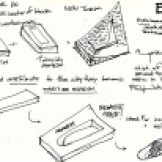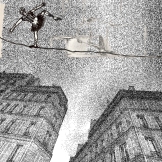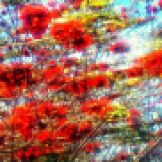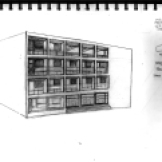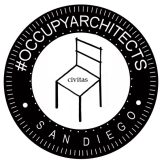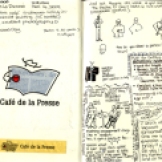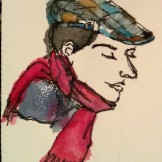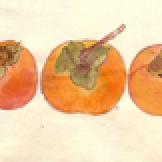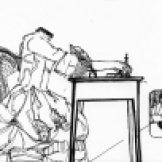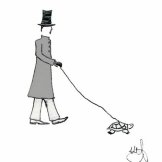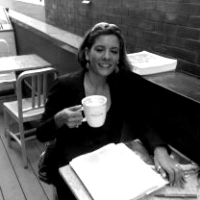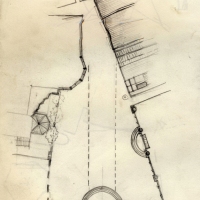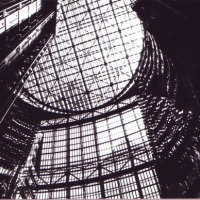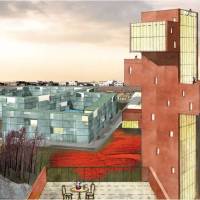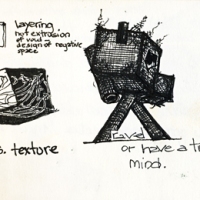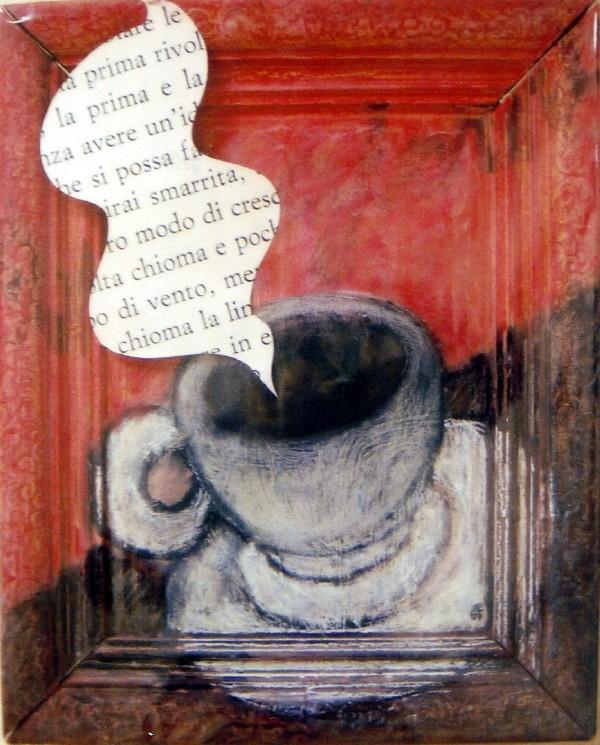Here are some quotes from that day, from my notes, which i hope to be as faithful as possible:
The book was initially titled ‘Architecture and Contingencies’. The publisher made me change it to ‘Architecture Depends’. There are problems changing the title of a book once it is finished- and structured around a different title.
This book is a polemic. Architects detach themselves. This detachment starts here in academia. Architecture students go in as humans and come back as architects.
Architects are separate from life. Autonomy in architecture is detachment.We witness the treatment of buildings as though they are detached objects, displayed in the media as something apart. This detachment is a dissolution.
All we got is Vitruvius: commodity, firmness, delight. Recycled through the ages!
Of all the impossible task that modernity sets for itself, order stands out. How does modernity achieve order? By exterminating ambivalence. Modernity is behind the Holocaust.
Corbu didn’t invent modernity. He was a symptom of it.
Modernity cannot get rid of contingency.
Contingency is getting rid of the idea that things may turn out differently. In architecture contingency is inevitable.
Architects would be banished by Plato.
Contingency makes us have to make choices.
Abstract vs. situated knowledge.
“All architecture is waste in transit.” Peter Guthrie
Le Courbusier tried to banish domestic inhabitation.
Parametric people are as conservative as the New Urbanists, the latter caught in an aggressive past, the former in a progressive future .
Modernity: concerned with purity, the color white…modernity is this gleaning table with this aesthetic of getting rid of dirt.
‘You don’t know how wonderful dirt is.’ James Joyce’s last words, from Gideon’s biography.
Architects ‘make space’…negative space…what does that even mean?
‘Social space is a social product’. Henri Lefebvre
The production of space is not the agency of architecture alone!
Sustainability=sustain the status quo. This word has become meaningless.
Elvis Costello and Lo-Fi architecture: I heard Elvis Costello once in an interview saying that when you record in the studio you get caught up in a certain kind of environment. He would ask to have the record played back on a cheap transistor radio, because that’s how the music is going to be experienced by most people. The same with architecture. We have to have in mind low-fi, transistor radio architecture as we stay in front of the computer, believing what we see. The more it looks real the less real it is.
Architecture cannot be about aesthetic alone: it deals with the social and ethical. It has to be alert to the context.
I don’t like to use pictures in my presentations because, as soon as I provide pictures, the argument becomes about aesthetic.
Professions set themselves apart by setting up problems they are the only ones able to solve. Professors do the same.
‘Architecture and Agency’ will be my next book.
Sensemaking vs. problemsolving.
In architecture we have created phony ethics, we have associated ethics with aesthetics, morality with beauty…God is in the detail, etc.
Doing good by doing beautiful buildings?
Professional codes of conducts are an example of phony ethics: these are not ethical guidelines, they are principles for relating to the client.
You can’t be ethical by doing beautiful buildings! You have to assume an ethical stance, a responsibility for the other. If we start thinking that every line on a piece of paper is an act of social responsibility, then every line assumes significance.
I am against ‘Anyone is Anyone’ conferences.
From the paper ‘Lost Judgement’ from the 2003 EEAA Prize by Jeremy Till – and referred to during the talk:
The Other for architects is the one or ones who will be part of the social space our buildings help construct. In this way we can be the architects Unger would wish us to be, “enabling people as individuals and as groups to express themselves by changing their situations. …(the architect) lives out his transformative vocation by assisting someone else’s.”
An ethical person is a person who gathers discordant opinions and makes the best decision. Hope is with given given circumstances. Stop investing in objects.
The next project I will do will be on scarcity. Scarcity is much more interesting to me.
Architects sold out the profession to the agency of Capitalism. In building Dubai they forgot it was going to be built by slave labor. If all you offer is commodity you have got nothing to offer. Spatial intelligence will get us away from the cul-de-sac we got ourselves into. We should be gathering contingencies and make the best possible solutions.
I like to think of architects as angels with dirty faces.




































